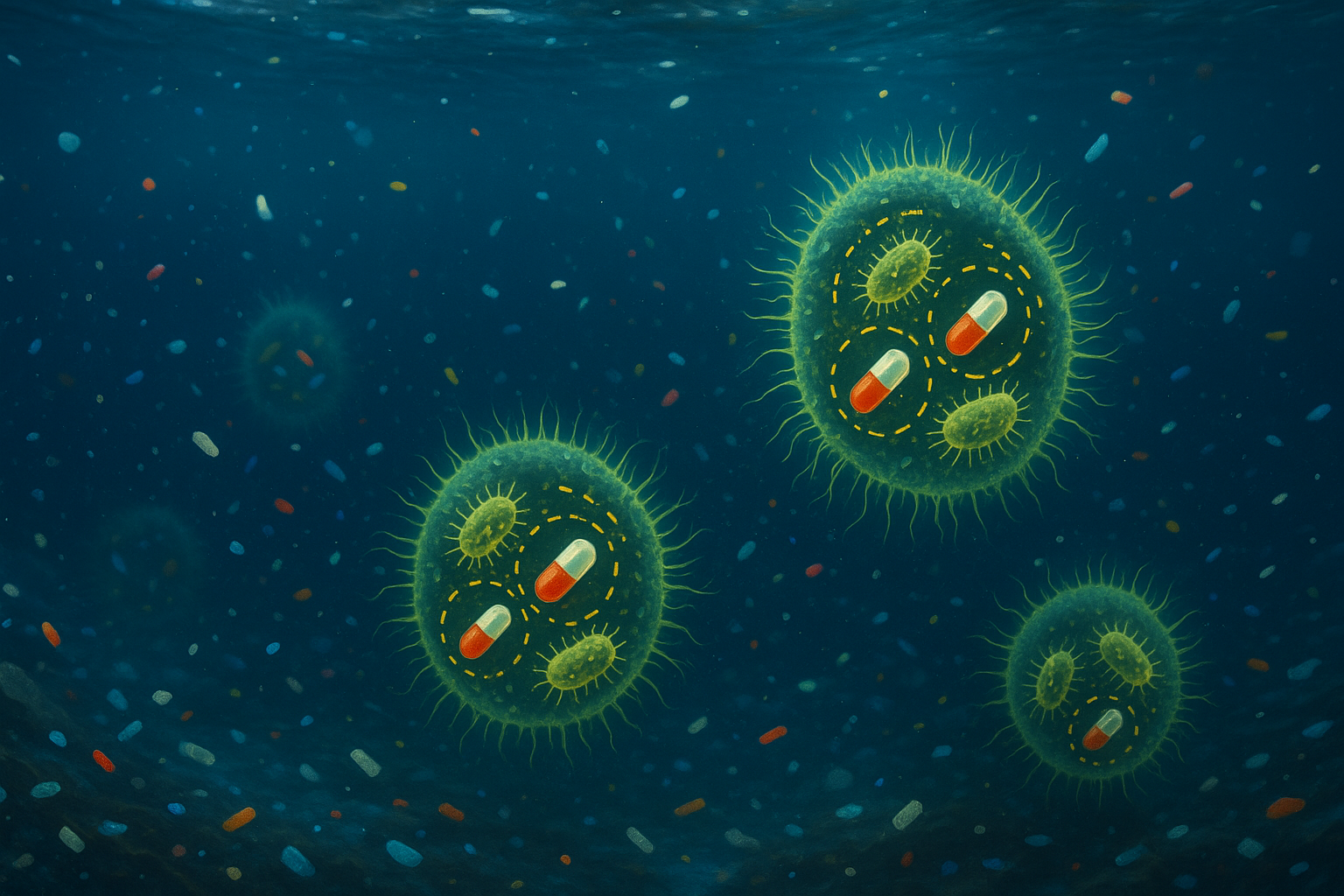How widespread is AMR currently?
Which water bodies and oceans are most affected?
What actions can scientists and citizens take to counteract AMR?
What should we prepare for in the future regarding AMR?
Antimicrobial resistance (AMR) arises when microorganisms such as bacteria, viruses, fungi, and parasites evolve mechanisms to survive exposure to antimicrobial agents, thereby rendering standard treatments ineffective. Oceans, alongside other aquatic systems like rivers and lakes, are increasingly recognized as significant reservoirs for antimicrobial-resistant microorganisms, which pose serious health risks to humans through recreational and occupational water contact (Cabello et al., 2015).
The marine environment is considered a potential hotspot for AMR genes, largely due to intensified human activities such as wastewater discharge, agricultural runoff, and the widespread use of antibiotics in aquaculture. These activities introduce both antibiotic compounds and resistant bacteria into ocean systems, promoting the selection and dissemination of resistance traits (Cabello et al., 2015).
To address this growing issue, both scientific communities and the general public must take proactive steps. Pollution reduction and responsible antibiotic stewardship in aquaculture are critical. Nature-based solutions, such as constructed wetlands, have shown promise in filtering and degrading antibiotic residues before they reach marine environments. Enhanced surveillance and environmental monitoring of antibiotic-resistant bacteria and genes in marine and coastal waters are also essential. Adopting a One Health approach—which integrates human, animal, and environmental health data—can improve our understanding and management of AMR spread in aquatic systems (CDC, 2023).
Looking ahead, the continued expansion of antibiotic use in aquaculture and the persistence of marine pollution are expected to exacerbate the prevalence of AMR in oceans. This will necessitate more rigorous monitoring systems and increased collaboration across sectors to rapidly identify and respond to emerging threats. Technological innovations, stricter regulatory frameworks, and greater public awareness will be pivotal in controlling the spread of AMR. Furthermore, environmental factors such as climate change and plastic pollution may act synergistically to accelerate the evolution and dissemination of antimicrobial resistance, highlighting the need for comprehensive and adaptive mitigation strategies.
Referencen:
Cabello, F. C., Godfrey, H. P., Tomova, A., Ivanova, L., Dölz, H., Millanao, A., & Buschmann, A. H. (2015). Antimicrobial use in aquaculture reexamined: its relevance to antimicrobial resistance and to animal and human health. Environmental Microbiology, 17(3), 803–818. https://www.ncbi.nlm.nih.gov/pmc/articles/PMC4592852/
Centers for Disease Control and Prevention (CDC). (2023). Understanding antibiotic resistance in water: A One Health approach. https://www.cdc.gov/one-health/php/stories/understanding-antibiotic-resistance-in-water.html

